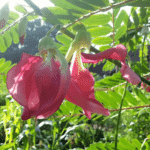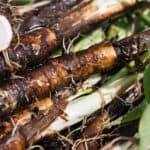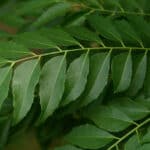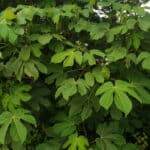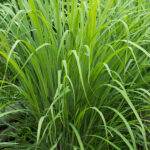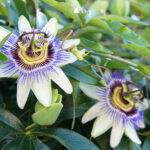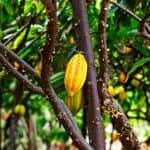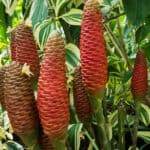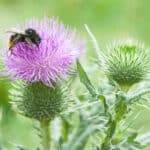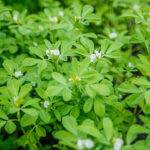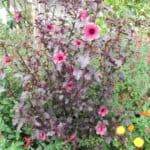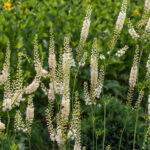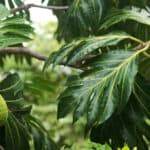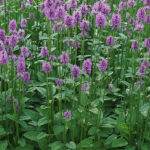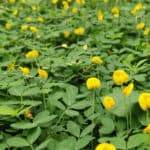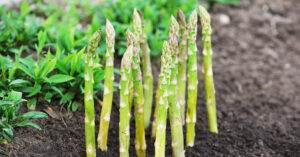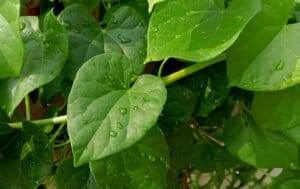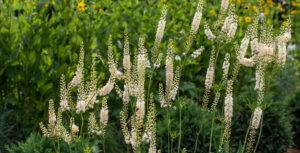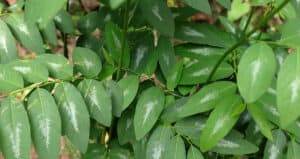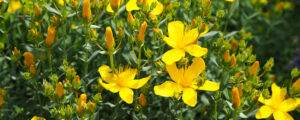Vitex Negundo – through the regenerative lens
Belonging to the Lamiaceae family (the mint family!), Vitex Negundo is a drought-tolerant perennial shrub, better known as the Chinese chaste tree or five-leaved chaste tree. It is native to tropical Eastern and Southern Africa and Asia.
Its distinct features include digitately 3 – 5 leaf foliate, a strong astringent aroma, and a cluster of purple flowers that are hermaphrodites, meaning they have both male and female organs and are pollinated by diverse insects.
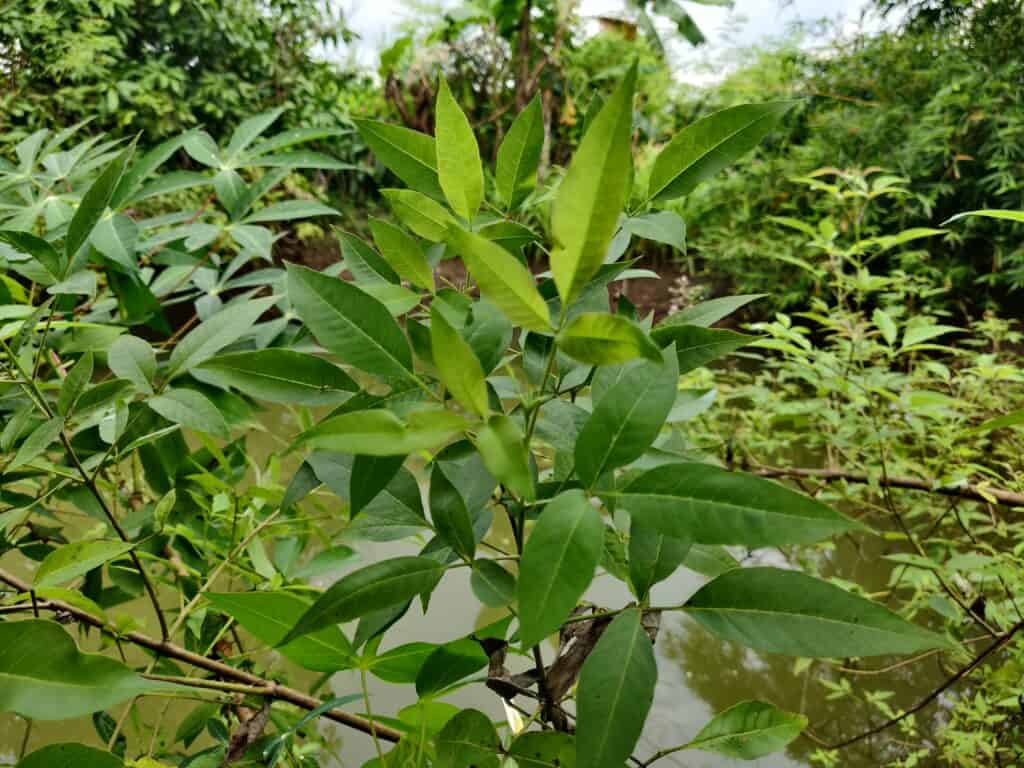
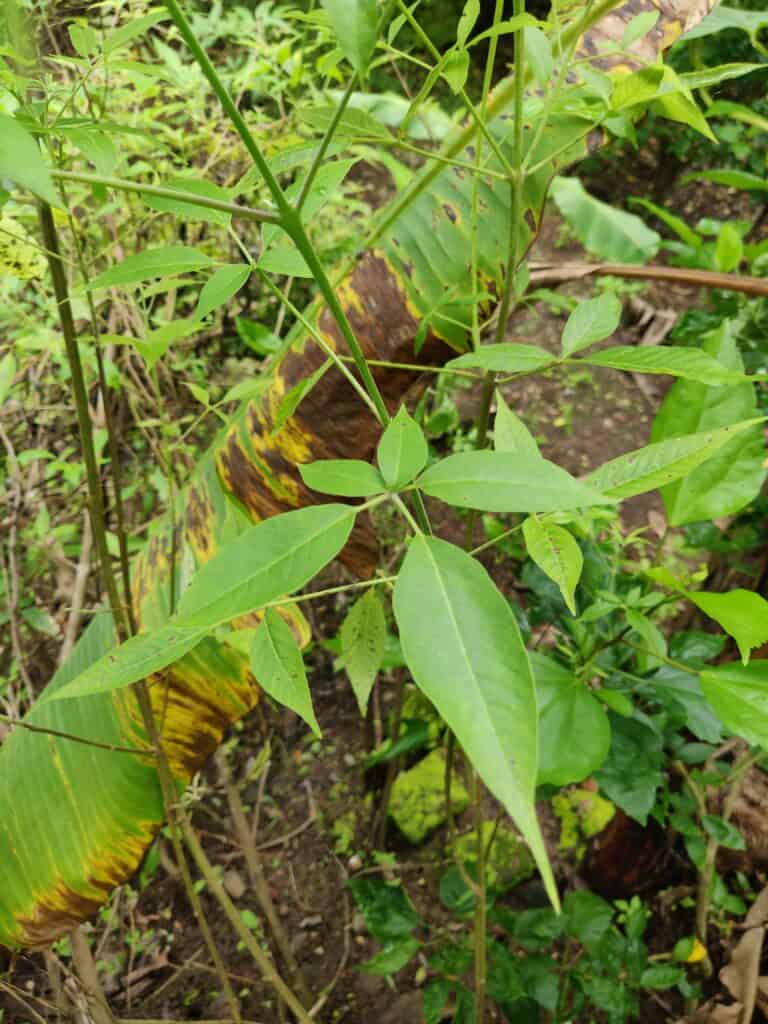
It is indigenous to Afghanistan, Bangladesh, Bhutan, Cambodia, China, India, Indonesia, Japan, Korea, Kenya, Madagascar, Malaysia, Mozambique, Myanmar, Nepal, Pakistan, the Philippines, Sri Lanka, Taiwan, Tanzania, Thailand, and Vietnam.
In India, it can be spotted across deciduous forests, river banks, and villages and is cultivated as a hedge plant along the farmlands & roadside.
A Permaculture Perspective
VN fits the one-element multiple-functions design solution of permaculture design.
- Being a perennial shrub, once planted, it requires minimal human intervention making it an energy-efficient element of the design solution.
- It is drought-tolerant, and thus is suitable for zones with limited rainfall or irrigation facilities, especially for remote land restoration activities.
- Suitable for live fencing & hedges as it is disliked by cattle & other wild animals as fodder due to its pungent & astringent characteristics.
- Leaves are helpful in seed saving and storage of grains & other harvests which are prone to pests as it possesses anti-fungal & pest repellent properties.
- VN roots are beneficial for slope stabilization and erosion prevention, they reinforce the soil shear strength.
- An excellent bird, bee & butterfly attractor helps bring & support biodiversity & contributing to biological pest management via the conservation method of bringing in natural enemies that are already adapted to the local ecosystem and the target pest (a simple and cost-effective indigenous technique)
- It’s a low-budget, low-input, and high outcome (yield) species due to its resilient nature & generous reseeding.
- VN as food and medicine source – edible leaves & seeds along with every part of the plant being mentioned in folk medicine.

Propagation
Can be propagated from both cutting & seeds.
To propagate from seeds
Seeds are harvested from the plant as the fruits start to dry up.
- Seeds can be procured locally or online.
- Soak them in a bowl full of water for 24 hours to determine which ones are viable. Select the ones that sink to the bottom and discard the rest into your compost pile.
- Prepare your seed germination potting mix of choice, and ensure that the soil is de-compacted and the container drains water quickly.
- Sow in the seeds, an inch deep & place them outdoors, in a warm sheltered spot with full exposure to morning and evening sun. Ensure shade if the potting mix dries up quickly during peak sunny hours.
- The seeds will take approximately 10 to 15 days to germinate.
- Can be transplanted after a month or more into sunny permanent spots.
To propagate from cuttings
The suitability for propagation can be determined by simply bending a stem.
- If it breaks with a snap that’s a softwood which is a go-go for getting a cutting!
- If it bends but does not break, that section is too immature & if it doesn’t bend at all, it is hardwood and not suitable for propagation.
- Cut a 4 to 6-inch stem from a healthy vitex plant & simply stick it in the ground or your potting mix by digging in a hole with a stick.
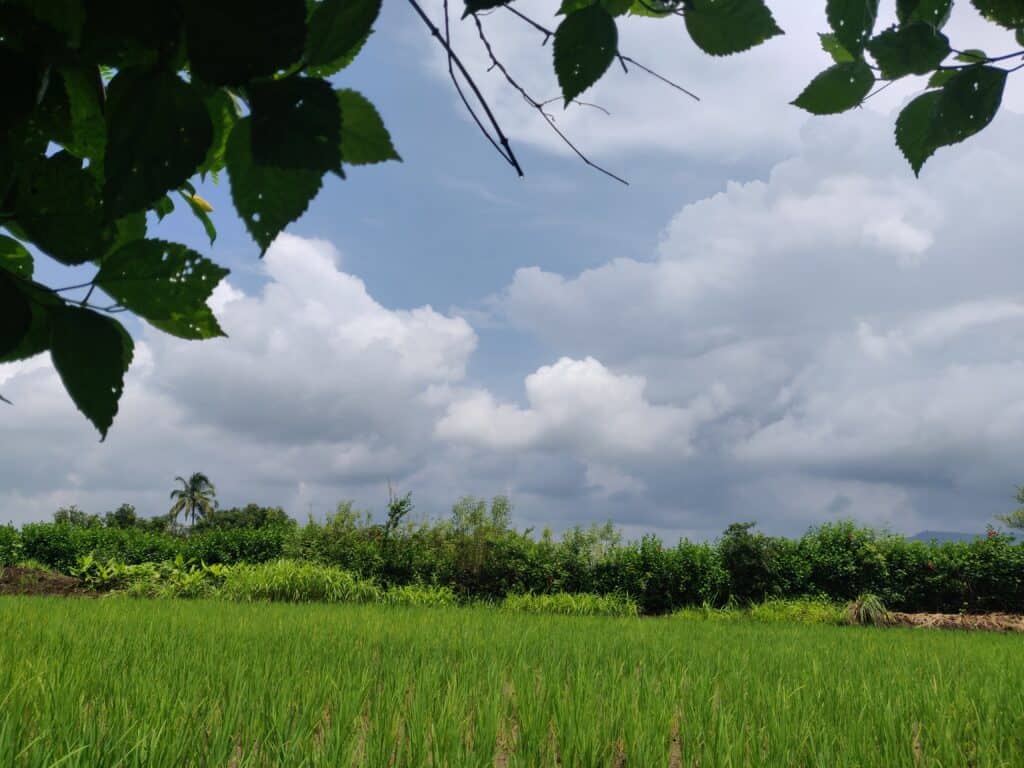
Growth & Care
Sun
VN loves hot and dry growing conditions along with full sun or semi-shade and is tolerant to shade as well.
A minimum of 10 feet distance is recommended between 2 shrubs to help them grow and have a healthy spread.
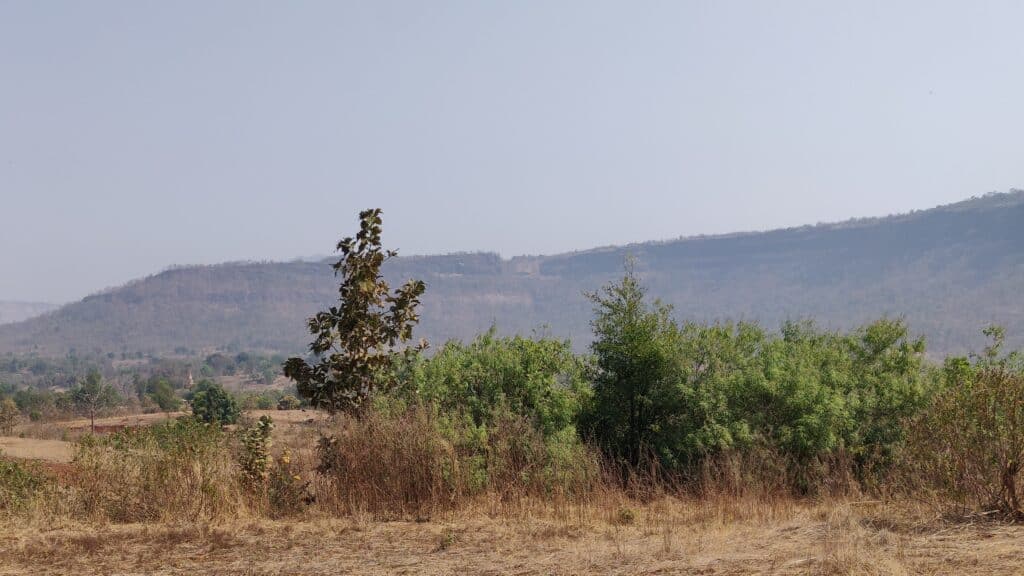
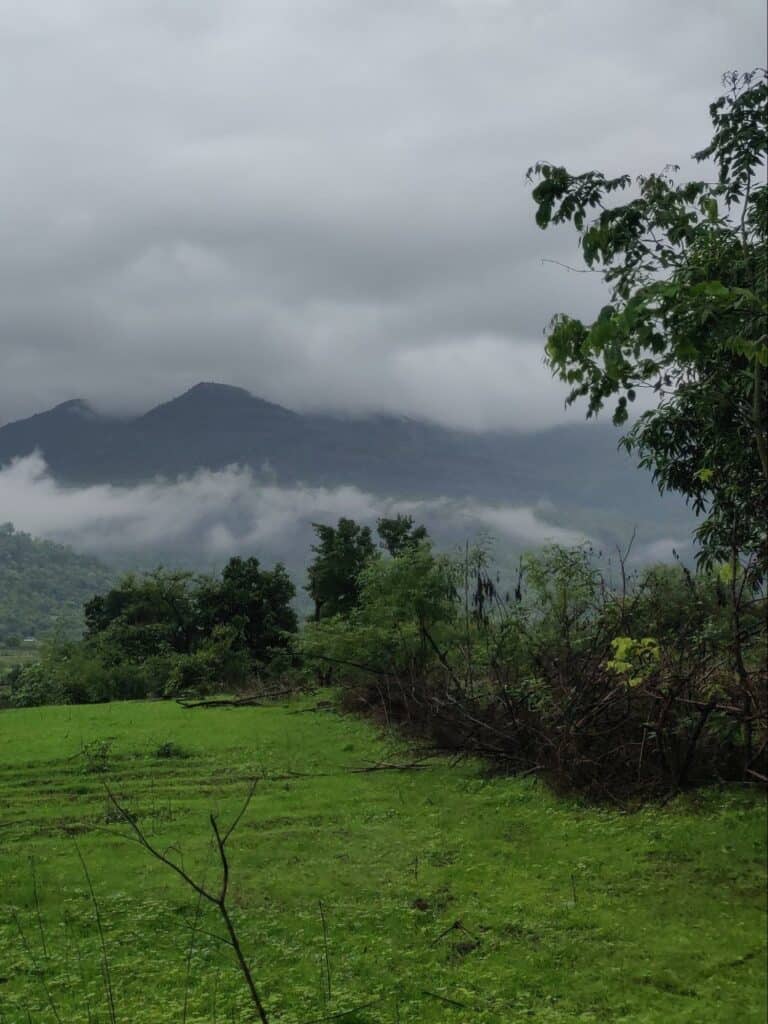
Soil
Prefers well-drained soils – either acidic or alkaline. light (sandy) and medium (loamy) soils, however, can tolerate clayey soils and can survive in nutritionally poor soils as well.
It flourishes in dry or moist soil and thus it’s a great plant to have along the fence in dry or drought-prone zones. In fact, it can be grown in poor and nutrient-deficient soils, with nothing special added in.
Last but not the least, don’t forget to mulch your ground to lock in the moisture & replenish organic matter.
Pest
The plant does well on its own. Pest resistance is high, thus it’s free of serious pests and diseases most of the time apart from periodic leaf spots which can defoliate the plant.
Root rot is observed in soils that are kept too moist.
Pruning
VN can be pruned at any time, either to manage the size or remove old stems. It generally responds well to hard pruning leading to vigorous new growth.
Harvest
One can keep an eye on the plant once it starts flowering and fruiting (occur almost throughout the year, differing as per the zones). Once pollinated, the fruits start to appear, green initially and smooth light brownish-black when ripe. Can be harvested when completely dry & stored for seeds.
Diverse Usage
All parts of VN, including leaves, flowers, twigs, roots, and seeds, have been commonly used for various applications in traditional folk medicine.
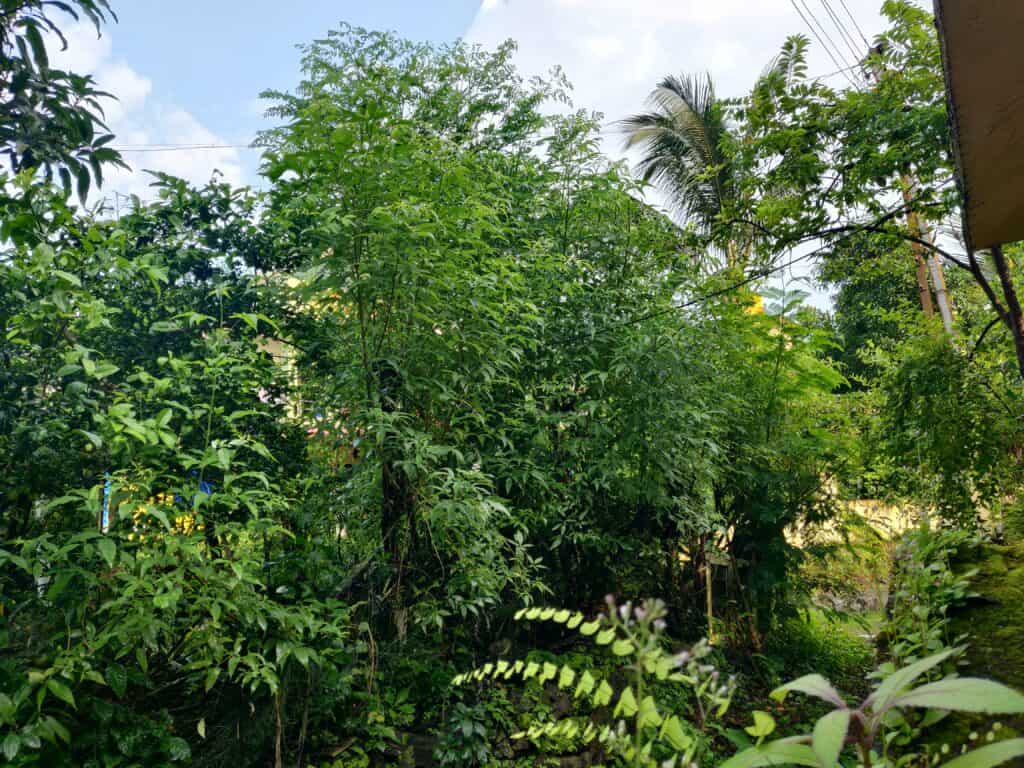
In India alone, it has around 16 different local names across the diverse states & languages. It’s called Nirgundi in Sanskrit which literally means protecting the body from ailments. The diverse ayurvedic usage ranges from simply applying crushed leaf juice for cleansing & healing wounds to preparing potions to treat fever, improve blood circulation, ear problems & more. The external applications are majorly in form of ointments & oils.
Seeds are occasionally used as a condiment, it is a pepper substitute.
Seeds are also used as flour when all else fails, primarily during a famine, they are washed to remove the bitterness and grinded into a powder.
Leaves are brewed in hot water to make tea & are used for gargling to treat mouth sores & sore throat. Steam inhalation of boiling leaves is used to reduce fever.
Stem decoction is used to treat burns and help them heal faster. Leaves are simply rubbed on the skin to treat skin problems like acne or rashes.
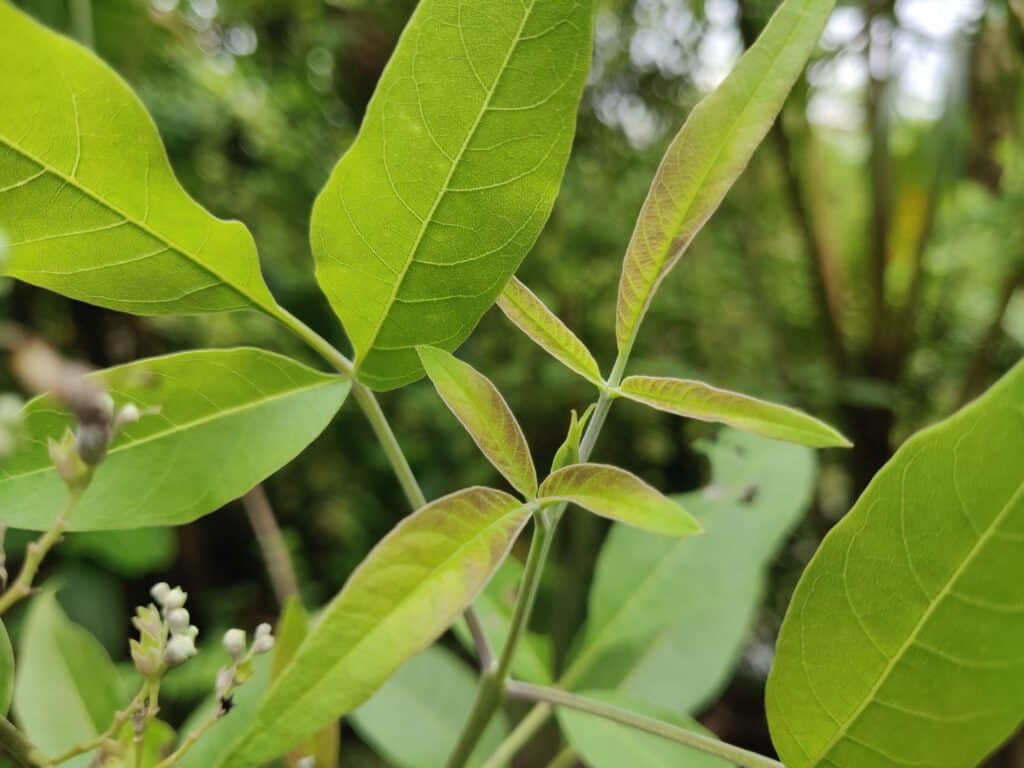
In Assam, India the tender leaves are used as vegetables and the root is considered febrifuge & tonic.
A simple day-to-day usage can be seen around the traditional houses of India where the leaves are smoked over coal or burnt coconut shell to repel mosquitoes. A walk around such villages in the evening and one can still spot the light smell of smoked vitex leaves in and around the house.
The leaves are used in indigenous farming practices as biopesticides and for seed preservation.

